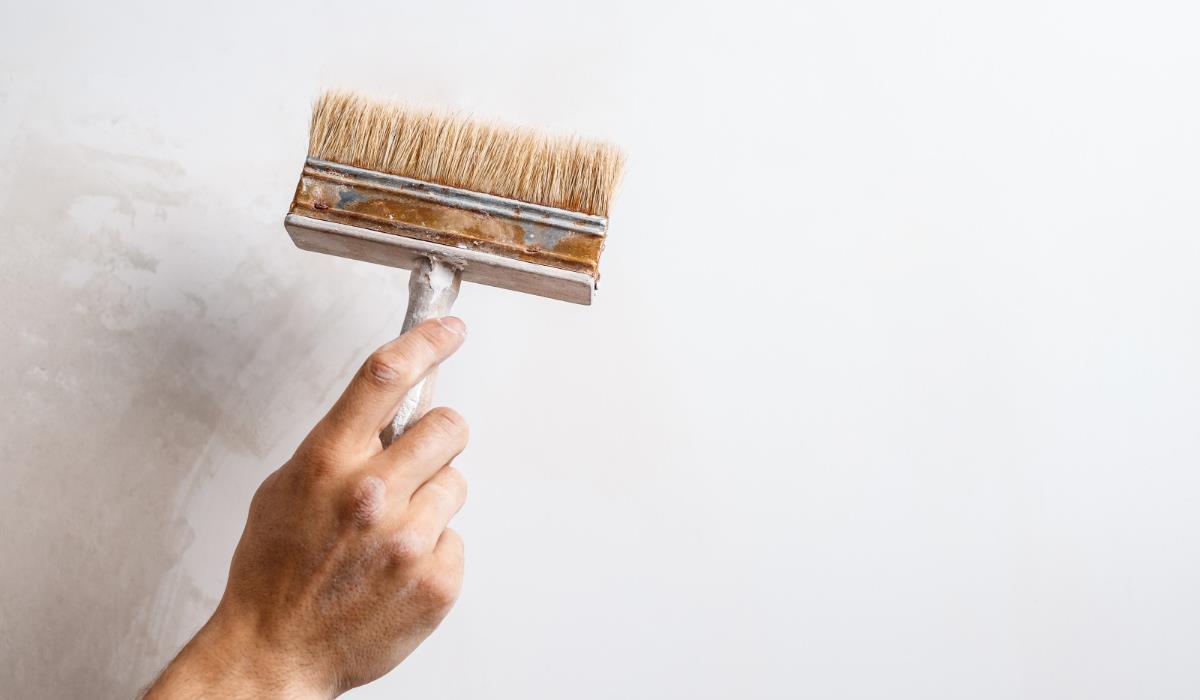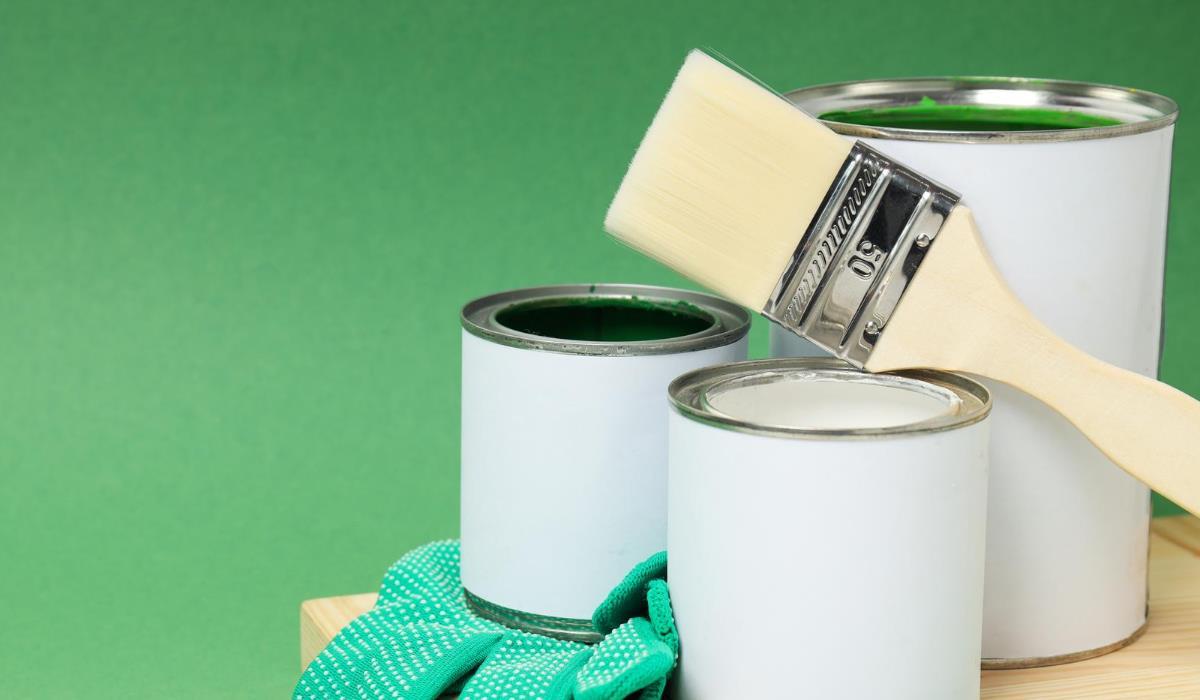Paint is a great tool to refresh the interior or exterior of your home. However, over time, it may be necessary to remove it to prepare the surface for a new painting or restore its original appearance. One of the most effective ways to remove paint is the use of chemicals. In this article, we will discuss how chemical paint stripping works, what its benefits are, and what safety measures and steps you need to take.
How Does Chemical Paint Removal Work?
Chemical paint removal involves the use of special chemicals that dissolve the paint or cause it to peel off from the surface. There are many different types of chemicals that can be used in this process, and the choice depends on the type of paint and the type of surface.
- Surface Preparation: The first step is to thoroughly prepare the surface. Remove all loose paint, dust and dirt. Then, secure nearby areas and items to avoid accidentally getting chemicals in undesirable places.
- Chemical application: Apply the appropriate chemical to the surface where the paint is located. Depending on the type of paint and surface, you can use different types of chemicals, such as thinners, pastes or gels.
- Duration of Operation: Leave the chemicals on the surface for the specified amount of time, usually as recommended by the manufacturer. This time will allow the chemicals to dissolve or cloud the paint.
- Paint Removal: After the exposure time of the chemicals has elapsed, use tools such as a spatula or brush to remove the dissolved paint. This may require some effort, especially with thick layers of paint.
- Cleaning: After removing the paint, thoroughly clean the surface to remove any residual chemicals and paint residue.
Benefits of Chemical Paint Strippers

1. Effectiveness
Chemical paint stripping is often very effective, especially on hard-to-remove layers of paint.
2. Speed
Compared to some other methods, chemical paint removal can be relatively quick.
3. Limited Surface Damage
Unlike some mechanical paint stripping methods, chemical stripping can minimize damage to the surface.
Security Steps
- Personal Protection (H2): Always use appropriate personal protection such as safety glasses, gloves and a dust mask when working with chemicals.
- Ventilation (H2): Make sure you work in a well-ventilated area to avoid inhaling harmful vapours.
- Follow Instructions (H2): Always follow the manufacturer’s recommendations regarding the use of chemicals and their exposure time.
- Dispose of Waste Safely (H2): Removed paints and chemicals should be disposed of in accordance with applicable regulations.
Summary
Chemical paint removal is an effective method of restoring surfaces to their original condition or preparing them for a new painting. However, be careful and follow safety rules when working with chemicals. If you are not sure what measures to use or how to carry out the process, it is always worth consulting with professionals who will help you achieve the desired results safely and effectively.



